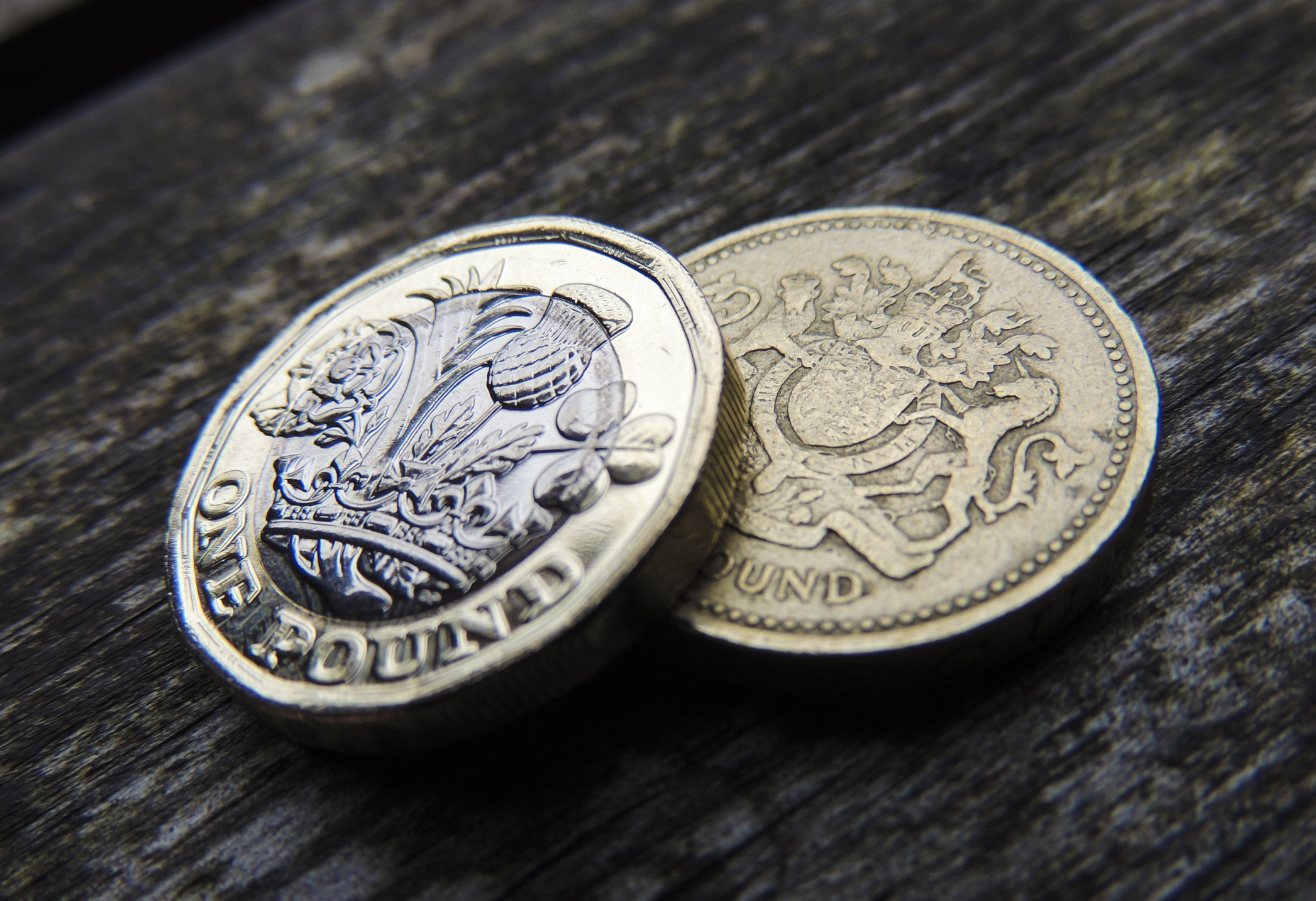Are we heading for another crash?
25 years ago, Britain experienced the stock market crash known as Black Monday. Have we learnt its lessons or is history about to repeat itself? Matthew Partridge investigates.

25 years ago, Britain experienced the stock market crash known as Black Monday. Have we learnt its lessons, or is history about to repeat itself? Matthew Partridge investigates.
What happened?
On Monday 19 October 1987, Black Monday', a wave of selling swept global markets. It began in the Far East (the first markets to open that day). Then the London market crashed from the open, followed by America.
By the time Wall Street closed, the Dow Jones index had fallen by 22.6%, the largest daily percentage drop in its history. The FTSE 100 closed down 11%. The FTSE and the Dow didn't bottom out until mid-November, having fallen by around 35% from their 1987 peak. Others were hit even harder New Zealand's market fell by around 60% from its peak.
MoneyWeek
Subscribe to MoneyWeek today and get your first six magazine issues absolutely FREE

Sign up to Money Morning
Don't miss the latest investment and personal finances news, market analysis, plus money-saving tips with our free twice-daily newsletter
Don't miss the latest investment and personal finances news, market analysis, plus money-saving tips with our free twice-daily newsletter
What prompted the fall?
While the scale and speed of the crash was stunning, it wasn't entirely out of the blue. US share prices had fallen by around 10% the previous week. Since the summer of 1986, the Federal Reserve had been raising interest rates (from just below 6% to just above 7%) to contain inflation. Unexpectedly bad US trade data released on Wednesday 14 October had raised fears of further hikes.
News that America was introducing laws to remove many of the tax benefits of mergers and takeovers may also have played a part. Also, both the FTSE 100 and the Dow Jones had enjoyed rapid gains earlier in the year the UK index had risen by more than 40% since the start of 1987, the Dow by nearly 30% and many investors believed the market was overvalued.
But in terms of what caused the crash, surveys carried out in the US at the time by Robert Shiller of Yale University found that most investors blamed the price falls themselves and the general sense of panic. In Britain, it didn't help that the Great Storm had left many traders and brokers unable to get to their desks in London, reducing liquidity.
But why the scale of the fall?
While the market may have been psychologically ripe for a correction, the size of the fall was made much worse by computer programs that automatically bought and sold shares as markets moved. Widespread use of portfolio insurance' meant to hedge against losses by cutting investors' exposure as stocks fell saw huge numbers of sell orders kick in all at once.
As trader Paul Tudor Jones, who forecast the crash and reportedly made $100m betting on it, told analyst Joel Ramin in an interview in 2000, "The crash was eminently forecastable to somebody who understood the measure of derivatives and how large they had grown in such a relatively short period of time... you knew that if you ever got to a point where the market started to go down... the selling would... cascade [not] dry up".
How did the authorities react?
The Fed, fearing a repeat of the 1929 Wall Street crash, said on the Tuesday before markets re-opened that it would "serve as a source of liquidity to support the economic and financial system". It ensured that brokerages, banks and even clearing houses had access to enough credit to prevent forced selling, supplying an estimated $17bn to the banking system in total. It also cut interest rates. Similar action was taken in Britain.
By the year end, notes Tom Stevenson in The Daily Telegraph, "the FTSE 100 [was] marginally higher than [where] it started and within two years had regained the pre-crash peak". As financial historian George Blake notes, "as far as the real economy was concerned, Black Monday witnessed the crash that never was'". There was no recession: consumers kept spending and profits kept rising.
What about the long-term consequences?
Many argue the crash sowed the seeds of future crises. As Simon Goodley of The Guardian notes, the Fed's action "signalled the start of the creation of moral hazard, where bankers began believing that no matter how expensive their miscalculations, they would always be saved".
Also, to prevent liquidity drying up in future, the Securities & Exchange Commission forced firms to increase price transparency, and develop systems for executing small orders automatically. This was done with the best intentions, but gave rise to today's much-criticised high frequency trading (HFT) near-instant automatic share trading.
Could it happen again?
We wouldn't bet against it. Two years ago, the Dow Jones plunged by nearly 10% in minutes. It quickly recovered, but regulators blamed HFT yet little has been done to discourage it. Many of the factors present in 1987 are still with us: poorly understood automated trading; a US stockmarket that's overvalued (judging by the cyclically adjusted p/e ratio, the S&P 500 is dearer today than it was then). If investors start fretting over interest rates, markets could be vulnerable indeed.
How the crash nearly sank a float
One big flotation that was affected by the crash involved the sale of a substantial stake in oil giant BP (British Petroleum) by the British government. As is standard, several investment banks had underwritten BP's shares, which meant the banks had to buy them at the float price if demand was lacking. Unsurprisingly, after the crash the banks tried to get the government either to renegotiate the deal or postpone the flotation.
As then-chancellor Nigel Lawson recounts to The Guardian, "[Wall Street] lobbied Alan Greenspan and got him to make representations to the Bank of England that I should be stopped from going ahead". But with the backing of Margaret Thatcher, the float happened as planned. However, the Bank of England did agree to limit the banks' losses by guaranteeing to buy BP shares at a price well below the market level.
Get the latest financial news, insights and expert analysis from our award-winning MoneyWeek team, to help you understand what really matters when it comes to your finances.

-
 ChatGPT turns three: what’s next for the ‘AI era’?
ChatGPT turns three: what’s next for the ‘AI era’?Three years after its launch kickstarted the age of AI, ChatGPT and its maker OpenAI are driving the stock market. But concerns are growing over whether OpenAI will be able to turn its AI dominance into profit.
-
 What to do with old £1 coins
What to do with old £1 coinsThe old one pound coin was demonetised in 2017, but there are still millions out there in the UK. Here’s what to do if you find an old £1.